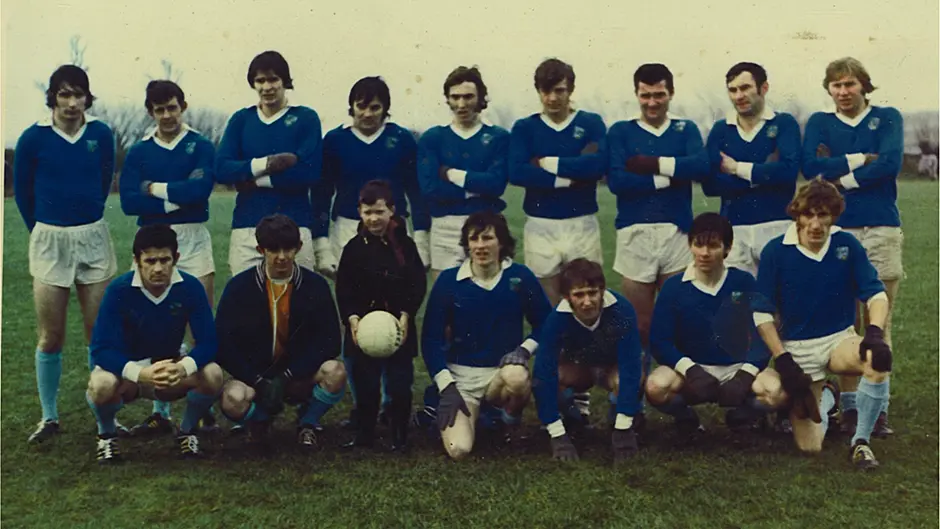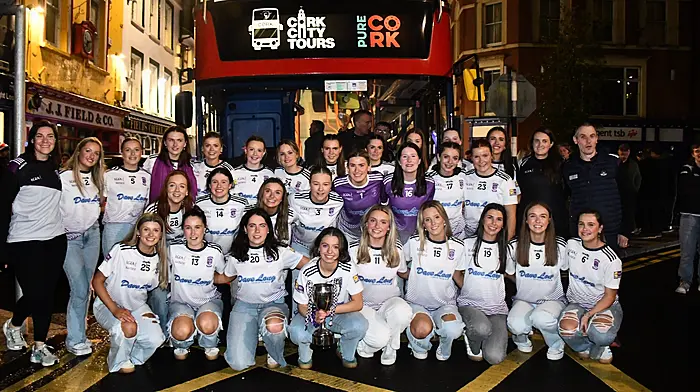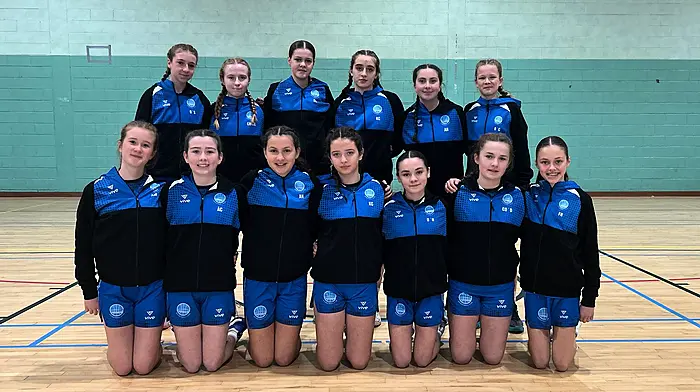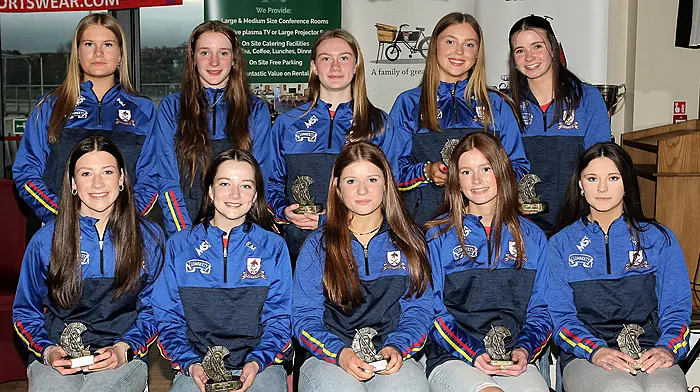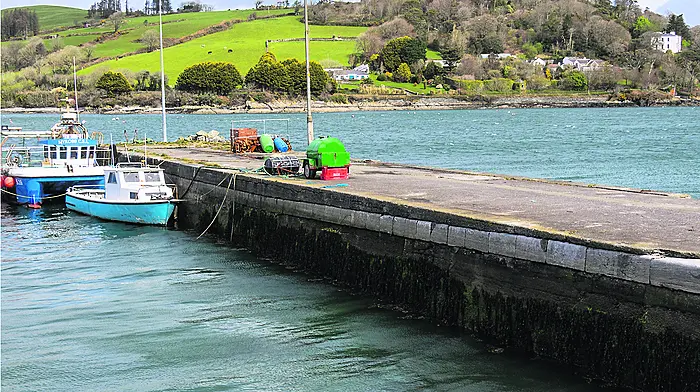TOM LYONS reflects on how the GAA has changed in the past 50 years, from 1972 to 2022
*****
IN 1972 the GAA was only a dozen years from celebrating its centenary, in 1984. The GAA of 1972 was, of course, a vastly different association from that set up by Michael Cusack, just as the GAA we live in today is a much changed one from that of 1972. The word that comes mostly to mind as regards the difference today is professionalism.
From the magnificent Croke Park stadium, that is really a full-blown business, to the smallest club that pays an outside coach to come in and train its top team, the GAA of 2022 is a professionally-run organisation in deed and act, if not in word. Full-time staff at practically all levels is now the norm and the rewards for modern inter-county players are little short of payment in kind. Much of what we have in the association today has developed very quickly over the past 20 years and in that short space of time, we have come to accept it as the norm. It was far from the norm in 1972.
Croke Park was just a stadium in 1972, catering for All-Ireland semi-finals and finals, with half a dozen staff, some part-time or voluntary. The association was truly democratic back then as most of the changes came from the grass-root clubs, through motions from county conventions. Congress ruled supreme, with Croke Park having little say in making changes. Now the opposite is true as almost every change emanates from some committee or other in Croke Park.
Many clubs now, small rural as well as large urban, have pitches and facilities that were only seen at county grounds in 1972. Many clubs didn’t even own pitches and had to rent suitable fields from local farmers. Back then most West Cork finals were played in urban venues where clubs did possess their own pitches, especially Clonakilty, in its pitch by the sea, or in Dunmanway in the new Sam Maguire Park.
The growth of rural clubs, in acquiring pitches and in building fine facilities, has been the greatest visible change in the GAA since 1972. That almost all the fundraising to provide those facilities was done on a voluntary basis is something the association can be rightly proud of.
Now let’s look at the development of the games themselves since 1972, firstly on the inter-county scene. Back fifty years ago, players were picked for the inter-county teams on club form. Cork players were allowed to train and play with their clubs all year round, inter-county training being limited to a couple of nights a week at championship time. Supporters flocked to club games just to see their inter-county men in action, they were heroes in every parish lucky enough to have a Cork player in their midst. These days our Cork players live in bubbles, totally divorced from the club scene and are rarely seen, except in championship games, by the fans. Club form was the key to being selected on the Cork team in 1972, now if you don’t make the underage Cork development squads, as young as 13, you have little chance of making it through to senior county level.
Another area in which the modern GAA differs greatly from that of 1972 is the ‘manager’. That was a foreign concept back 50 years ago, seen only in English soccer and even men like Mick O’Dwyer and ‘Heffo’, who dominated intercounty football in those years, were never referred to as managers. Over the past 50 years, the amount of power we have handed over to the managers has been seriously to the detriment of the association.
As regards players themselves, are they any better or worse than the players of 1972? For those of us who watched and played the games through the 1970s, there seemed to be more individual star players on teams who were guaranteed to supply the thrills and spills. Nowadays, it’s all about the team and, at times it’s hard to figure out why certain players are on county teams and others aren’t. We can easily name more individual stars from 1972, than we can from 2022, even though media coverage has exploded in the intervening years.
One area that has undergone radical change is the training of teams and players. Now it’s all about strength and conditioning but those terms were completely unknown in 1972. Gym training was unheard of, if you wanted to stay fit over the winter, you usually joined a badminton club. Asking a player to go on a special diet in 1972 would be laughed at and the notion of staying off alcoholic drink during a campaign would have resulted in mass resignations from teams. Drink and the GAA, unfortunately, were often synonymous and we have definitely progressed in that field in fifty years. Physiotherapists, now an essential ingredient of any backroom team, even in the smallest club, were never heard of, the local doctor looked after any injuries resulting from games. Rub-downs and treatment tables were something you might see in the movies. Despite this lack of injury treatment, players often continued playing well into their thirties and forties, whereas today many are retiring before they even reach thirty. There can be little arguing though that the treatment of injuries has improved immensely since 1972.
As regards the skills of the games, how would you compare the skills’ level of 1972 to the skills’ level of 2022? The games are so different now, it is almost impossible to say. Certainly, some of the old games we see on video looked terrible compared to the modern speedy games but we must not forget the conditions that prevailed in 1972. Most pitches became mud baths after heavy rain, especially in Spring and Winter. Throw in a wet, heavy, sodden old leather football, or a heavy, wet sliotar and little wonder the skills suffered back then.
Now, many pitches are like carpets, footballs and sliotars never get sodden and hurleys are shorter and a different shape to enable modern skills to be performed properly. Definitely the lighter sliotar has revolutionised hurling and whereas a score like 1-8 to 1-7 was common in a hurling match in 1972, now we can get 3-26 to 2-28. Is that the same game we’re now playing? While overhead hurling had almost disappeared by 1972, we still saw a lot of good ground hurling and none of the schimozzles we now see so often in a game.
In football the handpass reigns supreme today, the possession game is the rule rather than the exception, borrowed from a foreign sport, as are many of the tactics like the extra man in defence. No set positions, cornerbacks scoring, corner forwards defending, 15 players behind the ball. It is truly a different game than we played in 1972 when players held their specific positions, each man was detailed to mark an opponent, the ball was kicked, with a fisted pass thrown in here and there. Which game is better? Would the stars of the kicking game played in 1972, be stars of the present running, hand passing game? Which provides more excitement?
In short, it is almost impossible to compare the games played in 1972 to the games being played today. Both eras produced classics of their time, both kept the supporters spell-bound and both were grounded in the rivalry of the parish v the parish and the county v the county. Those of us who are fortunate to have lived through both 1972 and, hopefully, 2022, look back on 1972 with nostalgia for the past but should also appreciate what we are seeing today. The question of which was better shouldn’t even be asked.

